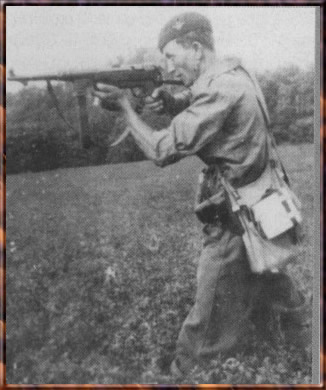| |
The 4th Paratroop Batalion was supposed to be airdropped by the Junkers Ju-52's of the 105th and 107th Transport Squadrons, while the heavy weapons, personnel and whatever equipment that couldn't be parachuted would be flown in using DFS 230 transport gliders. It was calculated that some 54 Junkers Ju-52 planes would be needed for a combat drop of the entire batalion, but unfortunately, the Romanian Air Force never had that many. To solve the problem, in early 1943 it was decided to create a new flight school where glider pilots were to be trained. The man in charge was lieutenant Gabureanu Mircea, an IAR-39 pilot which had fought in the Bassarabian campaign with the 19th Observation Squadron. From the 1st of April to the 1st of September 1943, the school was based on the Focsani airfield. During this period, a total of 18 Romanian pilots were trained to fly the DFS 230 glider, with the assistance of 3 German flight instructors. On the 26th of July 1944, lieutenant Gabureanu was ordered to start training another batch of pilots. |
|
 |
|


